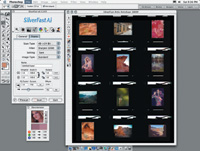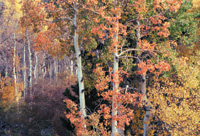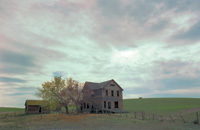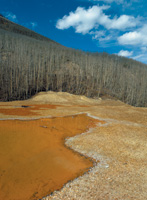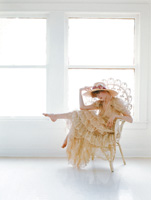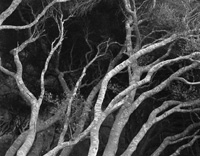Microteks ArtixScan 1800f
A Professional All In One
When I first became active in computer-based digital photographic image processing in 1989, scanning technology was already well established. However, a truly professional color scanner at that time which had sufficient resolution to support magazine quality reproduction and would accommodate all film formats cost as much as a new car and a down payment on a house combined. And a computer capable of running such a scanner cost as much again or more. Today, both personal computers and photo scanners have evolved in capabilities and refinement. The most dramatic progress has been the lowering of the cost of both, making professional-level scans and computer support affordable to most photographers. The best example I know of and have tested thoroughly is the Microtek ArtixScan 1800f. |
|||
Flat-Bed And Film |
|||
Using The Microtek
ArtixScan 1800f |
|||
The 1800f took a bit longer
than usual to install because the bundle of software includes two drivers
and the ICC profiler software, as well as Genuine Fractals, if you choose
to put it on your system. Once the software was all installed and the
scanner was ready, my first task was to use the Microtek ICC profiler
to calibrate the scanner and set up options in the drivers to activate
color management. |
|||
Productive Scanning |
|||
Evaluation And Recommendation
|
|||
I hardly need mention 4x5 film
scans, other than to say I acquired a new appreciation of some very fine
optics I was favored with using over the years like a 300mm Rodenstock
f/9 APO Ronar. Besides scans with exquisitely fine definition of detail,
I was also able to adjust tonality to get an ideal range of tones in the
resultant prints. |
|||
With a retail price under $1500, the Microtek ArtixScan 1800f provides a truly effective all-in-one scanner for photographers who shoot some or most of all of the film formats used today, including panoramic cameras and even an 8x10 view camera. That all this functionality and quality costs no more than some dedicated 35mm scanner models makes the 1800f a whole lot of functionality for the money. Technical Specifications |
|||
For more information visit the Microtek website at www.microtekusa.com. |

